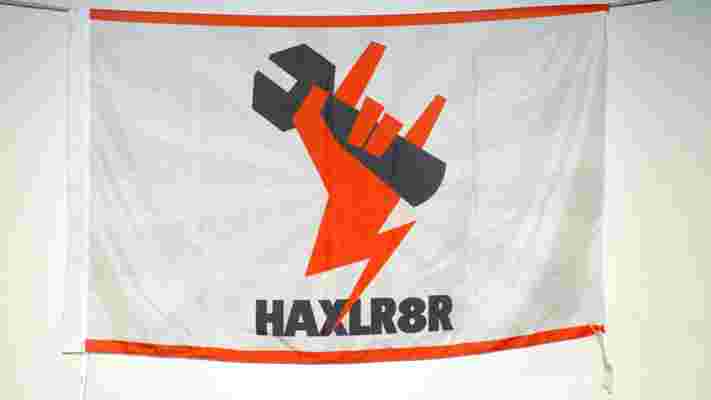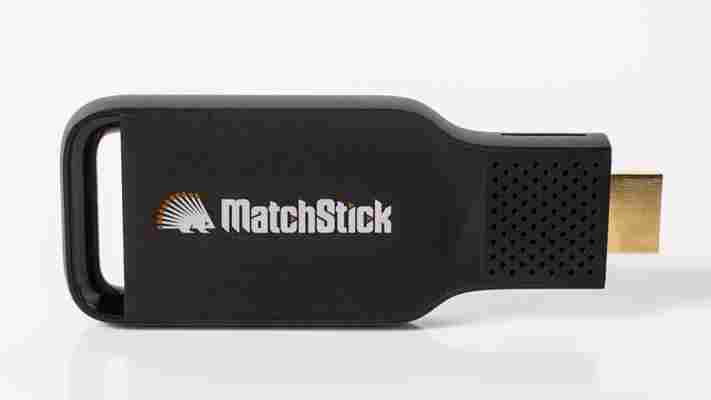Huawei-owned mobile brand Honor has today launched its third smartphone, called ‘Holly’, following on from the Honor 6 and 3C .

The Honor Holly offers a 5-inch 720p display, 16GB of storage and a quad-core 1.3Ghz processor paired with 1GB RAM to keep things ticking over nicely. It also comes with dual SIM slots as standard. Software-wise, it will run Android 4.4 out of the box.
On the rear of the device is an 8-megapixel F2.0 aperture camera sensor, and on the front is a 2-megapixel affair. The company says that there are also five sets of optical lenses, improved light capture and a macro mode.
It may be new to the UK, but the Honor Holly has already been available in China and other markets since the end of 2014.
While Honor has a rough price in mind – £109.99 (around $167) – it says that will drop for customers who register their interest between February 6 and February 23.
The price will be announced on February 23 and will then be offered for sale at that price until February 26. After this, it will go back up to the £110 retail price. People who do register their interest are under no obligation to actually buy one once they become available though.
Check back for our quick hands-on with the device later.
➤ Honor PriceHacker [Honor]
4 awesome hardware startups from HAXLR8R’s fifth demo day
Hardware startups are on the rise. Sure, it’s tougher to produce than software, but when a team is done, there’s something tangible that can be put on a table, mounted on a wall or shoved in a pocket.

At Hax’s HAXLR8R fifth demo day in San Francisco, 10 teams shared their hardware products. From robots (because there are always robots) to tools that’ll help other teams build hardware (like robots). Out of the lot, we found five intriguing pieces of hardware that could potentially be the next big thing. Or at least, worthy of your money, if or when they launch.
Remember Polaroid instant cameras? The cameras would spit out prints of photos right on the spot like magic. While Polaroid has focused on other types of cameras in recent years, the idea of having a device that instantly prints photos still rears its head every few years. This year’s device is the Prynt .
The smartphone case (available for Android devices and iPhones) uses Zink zero-ink paper. The colors are in the paper itself so it removes the need to replace ink cartridges. Photos are printed in about 20 seconds. Prynt says it will sell 10 packs of paper for $3 which means each print will cost you about $.30. The hardware itself will set you back about $129 with a Kickstarter campaign launching in January and the case shipping in the summer of 2015.
Robots are cool. Robots made of balls that can be attached to each other and can be controlled with an iPhone are extra cool. The Cell Robot is exactly that. When it hits the market, a starter kit will ship with five balls including that the team calls, the heart ball. This ball has the battery and wireless connection antennas to control attached balls.
When built the companion mobile app can control individual balls or the entire structure as one unit. The team also talked about more robust balls called X Cells, with useful components like a Wi-Fi camera and wheels The Cell Robot is launching on Kickstarter in December and the five ball kit is expected to cost $200.
If you want to create a product you’re going to need to get circuit boards printed. That usually means waiting weeks for a third party to print your design. The Voltera team wants to cut down on that prototyping time and remove the middle man all together by selling a circuit board printer directly to developers.
Instead of weeks, a board can be printed in hours using a silver conductive ink. All the user has to do is create the board in their application of choice and print it out. The printer even supports multi-layer surfaces. The Voltera even has a 550 watt reflow oven spot so you don’t have to hand-solder anything.
The Voltera printer will ship in early 2015 for $1499.
Maybe you haven’t heard, but the air pollution in China is bad . The Clarity team won’t directly fix the problem, but for anyone concerned about their health, the Clarity wearable could mean the difference between breathing easy and coughing.
The Clarity wearable can be strapped to your bag and measure air particles when you’re out and about. It measures air quality, humidity and temperature. The companion app will not only alert you when the surrounding air is a smog-filled soup, but also connects to a crowd-sourced map of the surrounding area with information about the air quality around you.
The aggregated information can be shared with local governments to help them determine how to fix trouble spots. The Clarity team assured me that the shared data will not have individual information. But, in order to achieve that mapping, an area the size of San francisco (approximately 50 square miles) would require 1,000 users. Still, it’s a pretty slick device for alerting you when maybe it’s time to put a face mask on.
The Clarity will launch in China in May next year.
Matchstick and Mozilla take on Chromecast with Firefox OS dongle, launch Kickstarter to drive down $25 price
Matchstick and Mozilla today announced its open-source take on the Chromecast: a $25 Firefox OS-powered HDMI dongle. The streaming Internet and media stick will be available first through Kickstarter , in the hopes to drive down the price tag.

Jack Chang, Matchstick General Manager in the US, described the device to me as “essentially an open Chromecast.” He explained that while the MSRP is $25 (Google’s Chromecast retails for $35), the Kickstarter campaign is offering a regular price of $18, and an early bird price of $12.
The startup has set a goal of raising $100,000. The full breakdown is as follows (free shipping in the US, and an additional $5 for international):
Pledge $2 or more: This is a donation to help support the open hardware and open software platform.
Pledge $12 or more: The first 500 units will ship at this price.
Pledge $18 or more: This is the price for everyone else during the Kickstarter campaign.
Pledge $24 or more: 250 developer units will be available in prototype. This includes access to all SDKs and APIs, and developer support from the Matchstick team.
Pledge $34 or more: This is the price for two Matchsticks.
Pledge $160 or more: 10 Matchsticks. US shipping is still free but international shipping cost $10.
Pledge $10,000 or more: Four Matchsticks and a bunch of Matchstick swag. Oh, and a trip for you and a guest to the 2015 Consumer Electronics Show in Las Vegas (Monday the 5th to Thursday the 8th) including a stay at the Venetian, passes to the show, $200 daily spending money, dinner with the team, and a show one night.
The CES option will naturally occur in January. Matchstick hopes to get the device into developer hands in November, while everyone else is being promised a February release.
Because the Matchstick runs Firefox OS, Mozilla is playing a big role in its debut. It is part of the company’s plan to push the operating system onto more than just smartphones, namely tablets and TVs too .
The two companies share the same vision : the first streaming stick “free of any walled garden ecosystem.” That means the constraints of Google Play don’t exist.
That being said, Matchstick and Mozilla need developers to create apps, from video to games, for the living room. As such, there is a developer site, a full API library, as well as example sender and receiver apps.
The sender APIs let developers build Android or iOS apps (or edit their existing apps) that can discover a Matchstick device and communicate with a receiver app. Chang told me there are no plans to support Windows Phone or BlackBerry sender apps, but the architecture is there, so it’s certainly a possibility. Firefox OS sender apps, however, are coming.
Here are how sender apps will typically work:
Since this is Firefox OS, receiver apps are a combination of HTML5, CSS and Javascript. They are packaged into a certified “receiver container” that works only on Firefox OS. Apps will be distributed via the Matchstick app store, but developers will be free to put the apps wherever else they’d like as well.
Mozilla is also planning to host an invitation-only Firefox OS App Workshop for Matchstick in San Francisco on November 18; if you’re interested, you can sign up here . Both companies are promising additional developer events around the world.
